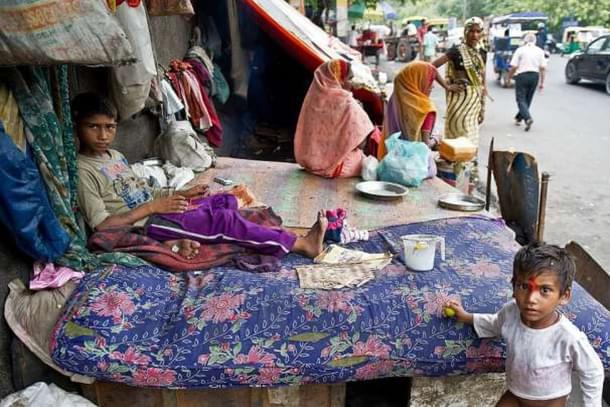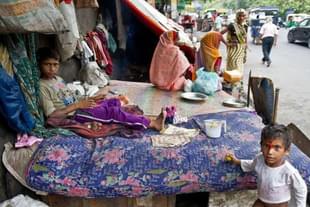Economy
Economic Survey: India Should Obsess More With Growth Than Inequality As The Former Has Far Bigger Impact On Poverty
Swarajya Staff
Jan 30, 2021, 08:46 PM | Updated 08:46 PM IST
Save & read from anywhere!
Bookmark stories for easy access on any device or the Swarajya app.


Inequality has become a hot topic of discussion in the economic circles in the 21st century. The debate on the issue received a fillip when French economist Thomas Piketty published his book ‘Capital in the 21st century’ seven years ago.
As it usually happens, whatever the economic policy is in vogue in the west, it usually makes it way into India’s academic and policy circles as well. Sadly, one of the major drawbacks of globalisation has been the mindless regurgitation of same rhetoric and policy prescription for the advanced economies to be applied in India as well.
The brouhaha over inequality and its remedies is no different. Piketty is a star among such copy-paste policy wallas and is often courted by them for interviews and invites to discussion panels. Just a few months back, he warned India that ‘it will have to come to terms with inequality’.
Thankfully, the 2020-21 Economic Survey has come as a breath of fresh air as far as the issue of inequality is concerned. It cuts through banal jargon, avoids falling for useless one liners suited for headlines such as ‘Top X per cent have as much wealth as bottom Y per cent’ and actually suggests solutions that are true to India’s ground realities.
Higher inequality leads to adverse socio-economic outcomes but income per capita, a measure of economic growth, has little impact in advances economies. The analysis by Economic Survey shows that these findings do not apply to India. ‘Across the Indian states, it is observed that both inequality and income per capita correlate similarly with socio-economic outcomes,’ the Survey says.
Whether it’s the index of health outcomes, education, life expectancy, infant mortality or crime, they correlate positively with both inequality and income per capita across the Indian states. However, in the advanced economies, inequality correlates negatively with the index of these social outcomes while income per capita correlates positively.
“While the conflict between growth and inequality is clearly seen across the advanced economies, inequality and growth converge in their effects on health among Indian states,” the Survey notes.
Importantly, the Survey also tries to answer whether income per capita or inequality impacts poverty the most in India. In its analysis, it found that the Indian states with greater income or high per capita NSDP (Net State Domestic Product) experienced low rates of poverty and vice versa whereas there is no such correlation between poverty and inequality in Indian states.
Thus, given India’s stage of development, the Survey recommends that India must continue to ‘focus on economic growth to lift the poor out of poverty by expanding the overall pie‘ because data is clear that economic growth has a far greater impact on poverty alleviation than inequality.
The Survey also refers to the success of China in lifting tens of millions of people out of poverty since late 1970s by increasing economic growth. It notes how industrialization and urbanisation in China has ‘transformed a large number of the agricultural surplus labor in the countryside into urban employment‘ in the country.
“Between 1978 and 2015, the number of people in nonfarm jobs as a percentage of total employment increased from 29 per cent to 70 per cent,” the Survey notes. This has important lessons for India’s ruling government especially in the present context. The ultimate and sustainable solution to farmers’ mutinies also lies in higher economic growth.





